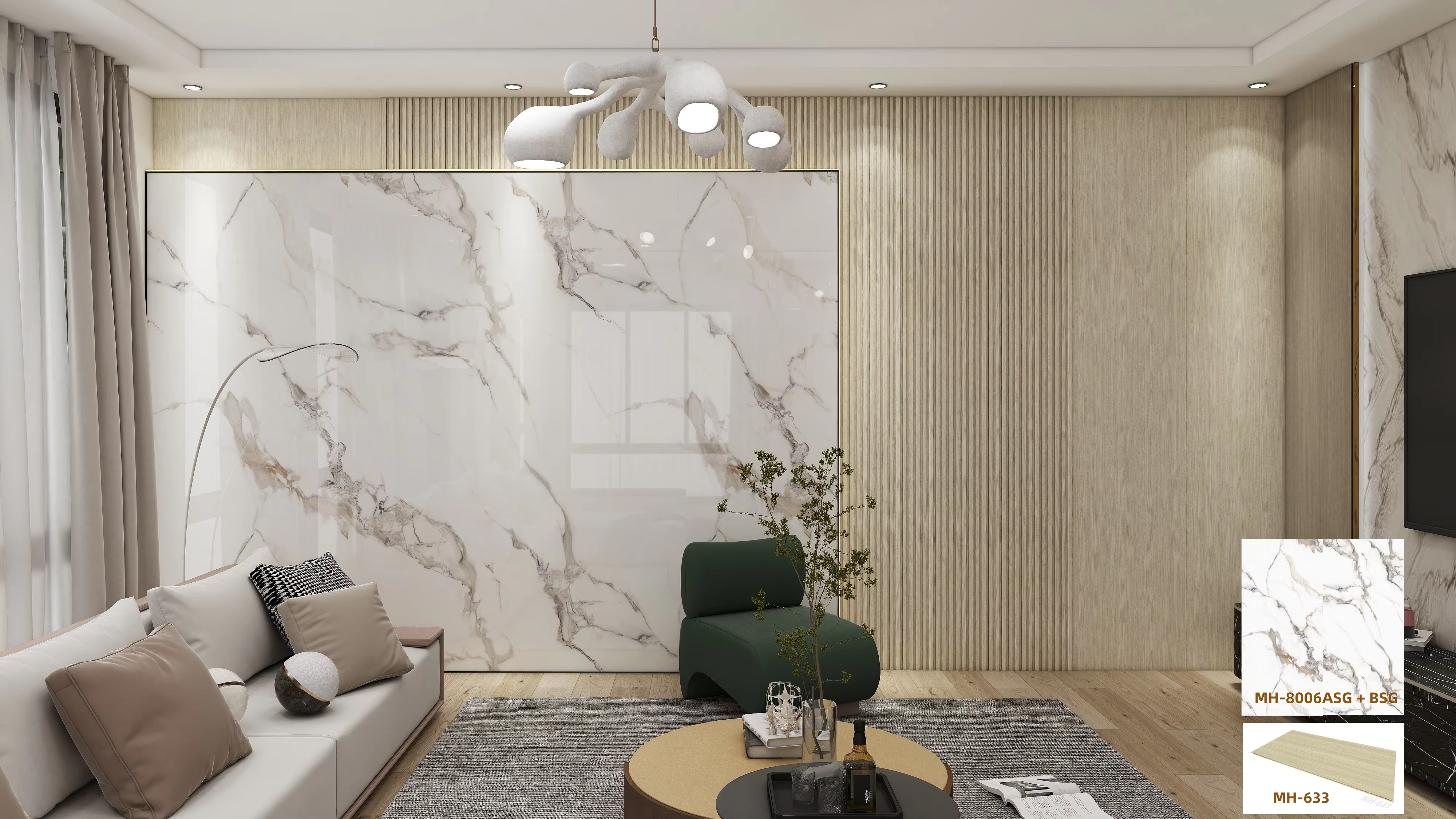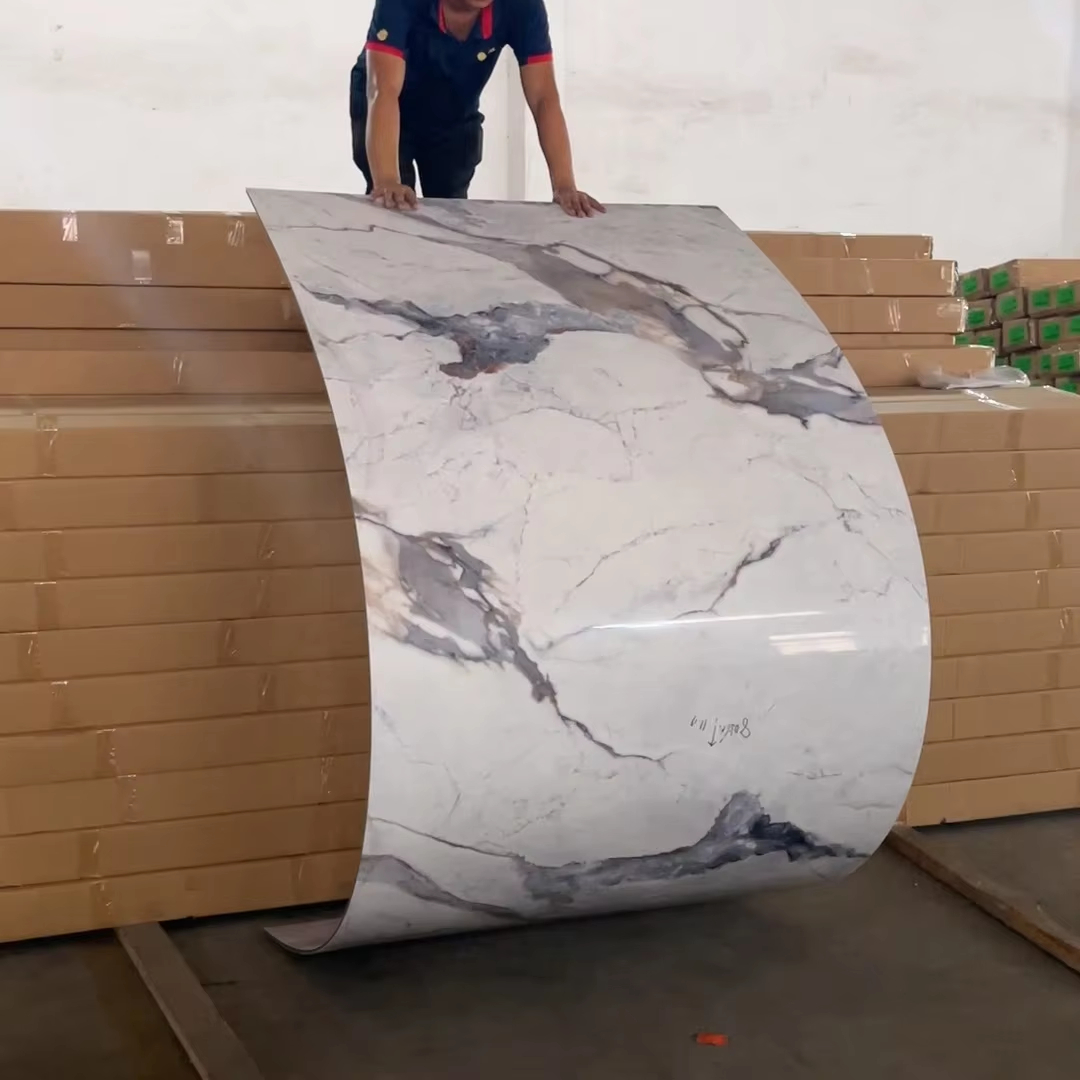Hướng Dẫn Thiết Yếu Về Bảo Trì Bề Mặt Bảng Sạch Như Mới
Một tấm bề mặt clean board ngay lập tức nâng tầm vẻ ngoài của bất kỳ không gian nào, dù là trong phòng họp doanh nghiệp, cơ sở giáo dục hay văn phòng tại nhà. Lớp hoàn thiện sáng bóng không chỉ tạo nên bầu không khí chuyên nghiệp mà còn đảm bảo khả năng hiển thị và chức năng tốt hơn. Tuy nhiên, việc duy trì độ sáng hoàn hảo này đòi hỏi nhiều hơn là chỉ lau chùi thỉnh thoảng – nó cần một phương pháp hệ thống và sự hiểu biết về các kỹ thuật chăm sóc phù hợp.
Chìa khóa để bảo vệ bề mặt bảng bóng cao cấp nằm ở việc bảo trì định kỳ và sử dụng đúng phương pháp làm sạch. Khi được bảo dưỡng đúng cách, những bề mặt này có thể giữ được vẻ ngoài như mới trong nhiều năm, khiến chúng trở thành khoản đầu tư đáng giá cho mọi môi trường. Hãy cùng tìm hiểu các chiến lược toàn diện và kỹ thuật chuyên môn để giữ cho bề mặt bảng của bạn luôn trong tình trạng hoàn hảo.
Hiểu Về Các Loại Và Vật Liệu Bề Mặt Bảng
Các Vật Liệu Bảng Bóng Phổ Biến
Các bề mặt bảng bóng hiện đại có nhiều loại vật liệu khác nhau, mỗi loại có đặc tính và yêu cầu bảo dưỡng riêng. Bảng kính có độ bền và khả năng chống trầy xước vượt trội, trong khi thép phủ men sứ mang tính từ và khả năng xóa viết tốt hơn. Các bề mặt bằng acrylic và melamine cung cấp lựa chọn tiết kiệm chi phí mà vẫn giữ được độ bóng.
Việc lựa chọn vật liệu ảnh hưởng đáng kể đến nhu cầu bảo trì và tuổi thọ. Bề mặt kính cao cấp thường đòi hỏi ít công đoạn làm sạch hơn nhưng dễ bị để lại dấu vân tay. Các lựa chọn phủ men sứ cân bằng giữa độ bền và sự dễ dàng bảo dưỡng, khiến chúng trở nên phổ biến trong các môi trường có lượng người sử dụng lớn.
Công nghệ Phủ Bề mặt
Các công nghệ phủ tiên tiến đóng vai trò quan trọng trong việc tạo ra và duy trì lớp hoàn thiện bóng cao cấp. Các bảng hiện đại thường được trang bị lớp phủ nhiều tầng giúp tăng độ bền, chống bám bẩn và thuận tiện hơn khi vệ sinh. Những bề mặt chuyên dụng này tích hợp công nghệ nano để đẩy lùi bụi bẩn và ngăn ngừa việc hấp thụ mực cũng như cặn bút dạ.
Hiểu rõ loại lớp phủ cụ thể của bảng sẽ giúp xác định phương pháp làm sạch hiệu quả nhất. Một số bề mặt có tính năng kháng vi sinh hoặc lớp phủ chống tia UV, đòi hỏi cách chăm sóc đặc biệt để duy trì các đặc tính bảo vệ mà vẫn giữ được vẻ ngoài bóng đẹp.
Quy Trình Bảo Trì Hàng Ngày
Các vật dụng vệ sinh thiết yếu
Việc duy trì bảng sạch bóng cao cấp đòi hỏi một bộ sưu tập dụng cụ vệ sinh được chọn lựa cẩn thận. Bắt đầu với các khăn lau bằng vải microfiber không làm trầy xước bề mặt, cùng với các chất làm sạch bảng chuyên dụng được thiết kế cho loại vật liệu cụ thể của bạn. Tránh sử dụng các vật liệu mài mòn hoặc hóa chất mạnh có thể làm hỏng lớp phủ bảo vệ hoặc làm mất độ bóng.
Hãy luôn dự trữ các miếng lau không để lại bụi xơ cho việc làm sạch nhanh trong ngày, và đầu tư một cây gạt nước chất lượng để làm sạch các bề mặt lớn. Việc sở hữu những công cụ phù hợp sẵn sàng sẽ khuyến khích việc bảo trì thường xuyên và ngăn ngừa sự tích tụ của các vết bám cứng đầu.
Kỹ thuật Làm Sạch Đúng Cách
Kỹ thuật làm sạch đúng bắt đầu bằng việc loại bỏ bụi nhẹ nhàng bằng một chiếc khăn microfiber mềm. Đối với việc làm sạch kỹ hơn, hãy thoa chất làm sạch bảng phù hợp theo chuyển động tròn nhẹ nhàng. Làm việc hệ thống trên toàn bộ bề mặt để đảm bảo phủ đều và tránh hiện tượng vệt. Luôn kết thúc bằng một chiếc khăn microfiber sạch và khô để đạt được độ sáng hoàn hảo.
Thời điểm rất quan trọng – hãy làm sạch bề mặt bảng ngay sau khi sử dụng nếu có thể, vì mực khô hoặc cặn bám sẽ khó loại bỏ hơn theo thời gian. Xây dựng thói quen làm sạch định kỳ bao gồm cả việc lau nhanh hàng ngày và các phiên làm sạch sâu hàng tuần.
Chiến lược Bảo trì Chuyên nghiệp
Quy trình Vệ sinh Tổng thể
Việc làm sạch sâu định kỳ là cần thiết để duy trì bề mặt bảng sáng bóng và sạch sẽ trong thời gian dài. Lên lịch các buổi làm sạch toàn diện hàng tuần hoặc hai tuần một lần, tùy theo tần suất sử dụng. Trong các buổi này, tập trung vào việc loại bỏ mọi cặn tích tụ và khôi phục độ sáng ban đầu của bề mặt.
Các dung dịch làm sạch chuyên dụng, khi được áp dụng đúng cách, có thể tái tạo lại bề mặt và kéo dài tuổi thọ của nó. Cần đặc biệt chú ý đến các góc và cạnh nơi cặn dễ tích tụ. Đảm bảo thời gian làm khô đầy đủ giữa các bước làm sạch để đạt được kết quả tối ưu.

Biện Pháp Bảo Dưỡng Phòng Ngừa
Phòng ngừa thường hiệu quả hơn chữa trị khi bảo trì bề mặt ván. Thực hiện các chính sách liên quan đến các loại đánh dấu thích hợp và hướng dẫn sử dụng. Xem xét việc lắp đặt nắp bảo vệ trong thời gian không sử dụng, đặc biệt là trong môi trường nơi bụi hoặc các yếu tố môi trường gây ra những thách thức đáng kể.
Việc kiểm tra thường xuyên giúp nhận ra những vấn đề có thể xảy ra trước khi chúng trở thành vấn đề nghiêm trọng. Hãy tìm dấu hiệu mòn, lớp phủ bị hư hỏng hoặc bị hư hỏng mà có thể cần sự chăm sóc chuyên nghiệp. Việc giải quyết các vấn đề nhỏ ngay lập tức ngăn ngừa thiệt hại lớn hơn và giữ cho bề mặt trông chuyên nghiệp.
Giải quyết các vấn đề chung
Loại bỏ những vết đốm cứng đầu
Ngay cả khi bảo trì thường xuyên, đôi khi vết nhọn có thể xuất hiện trên bề mặt tấm ván sạch bóng cao. Phát triển một cách tiếp cận dần dần để giải quyết những thách thức này, bắt đầu với các phương pháp làm sạch nhẹ nhàng nhất và tiến tới các giải pháp chuyên sâu hơn chỉ khi cần thiết. Luôn luôn thử sản phẩm làm sạch trên một khu vực nhỏ, không đáng chú ý trước.
Đối với các vết bẩn đặc biệt cứng đầu, có thể cần sử dụng các sản phẩm tẩy chuyên dụng được thiết kế cho loại bảng cụ thể của bạn. Hãy tuân thủ cẩn thận hướng dẫn của nhà sản xuất để tránh làm hư hại bề mặt khi xử lý các vấn đề này.
Xử lý hư hỏng bề mặt
Các vết trầy xước hoặc vết mờ nhẹ đôi khi có thể được đánh bóng bằng các hợp chất phù hợp được thiết kế cho bề mặt bóng cao. Tuy nhiên, những hư hỏng nghiêm trọng hơn có thể yêu cầu phục hồi chuyên nghiệp hoặc thay thế các tấm bị ảnh hưởng. Việc kiểm tra định kỳ giúp phát hiện các sự cố tiềm ẩn trước khi chúng làm giảm chức năng của bảng.
Duy trì hồ sơ chi tiết về mọi công việc sửa chữa hoặc phục hồi đã thực hiện, bao gồm các sản phẩm được sử dụng và kỹ thuật áp dụng. Thông tin này rất hữu ích cho việc lập kế hoạch bảo trì trong tương lai và giúp ngăn ngừa các sự cố tái diễn.
Các câu hỏi thường gặp
Tôi nên vệ sinh bề mặt bảng bóng cao bao lâu một lần?
Để bảo trì tối ưu, hãy thực hiện làm sạch nhanh sau mỗi lần sử dụng và lên lịch vệ sinh sâu hàng tuần. Các môi trường có tần suất sử dụng cao có thể cần được chăm sóc thường xuyên hơn để duy trì vẻ ngoài hoàn hảo.
Những sản phẩm làm sạch nào an toàn cho bề mặt bóng cao?
Chỉ sử dụng các chất làm sạch không mài mòn và được pha chế đặc biệt dành cho loại vật liệu bảng của bạn. Tránh dùng các chất làm sạch kính gia dụng hoặc hóa chất mạnh có thể làm hỏng lớp phủ bảo vệ hoặc làm mất độ sáng bóng.
Tôi có thể phục hồi bề mặt bóng cao bị hư hỏng không?
Các hư hỏng nhỏ thường có thể được phục hồi bằng các hợp chất đánh bóng chuyên nghiệp cùng kỹ thuật phù hợp. Tuy nhiên, những hư hỏng nghiêm trọng có thể cần sự can thiệp của chuyên gia hoặc thay thế bề mặt bị ảnh hưởng để duy trì ngoại hình và chức năng tối ưu.
Các biện pháp phòng ngừa nào giúp duy trì độ bóng?
Sử dụng các chất đánh dấu phù hợp, thực hiện lịch làm sạch định kỳ, tránh các vật liệu mài mòn và bảo vệ bề mặt khỏi các yếu tố môi trường. Việc kiểm tra định kỳ và xử lý kịp thời các sự cố nhỏ sẽ giúp duy trì lớp hoàn thiện bóng cao theo thời gian.

